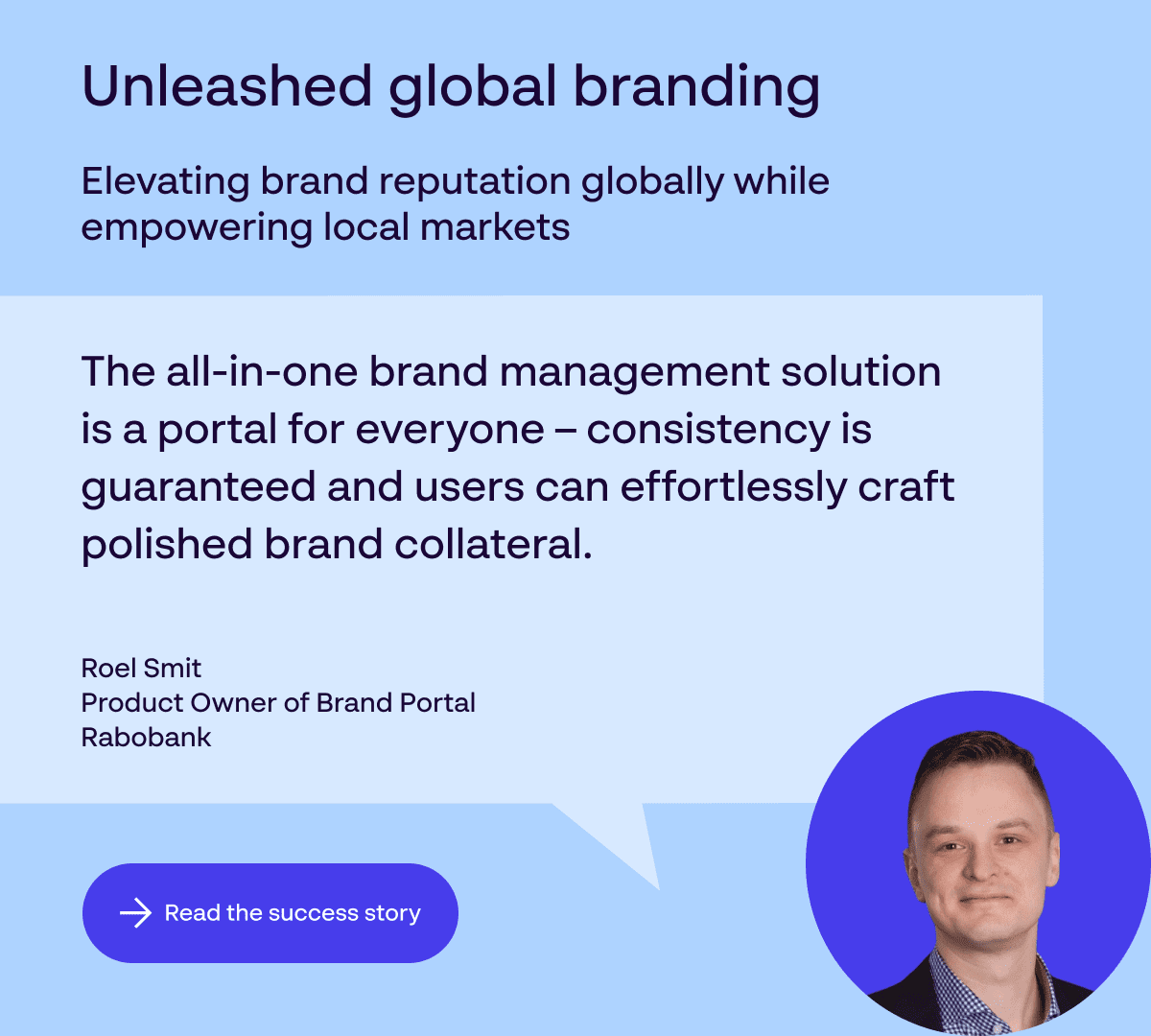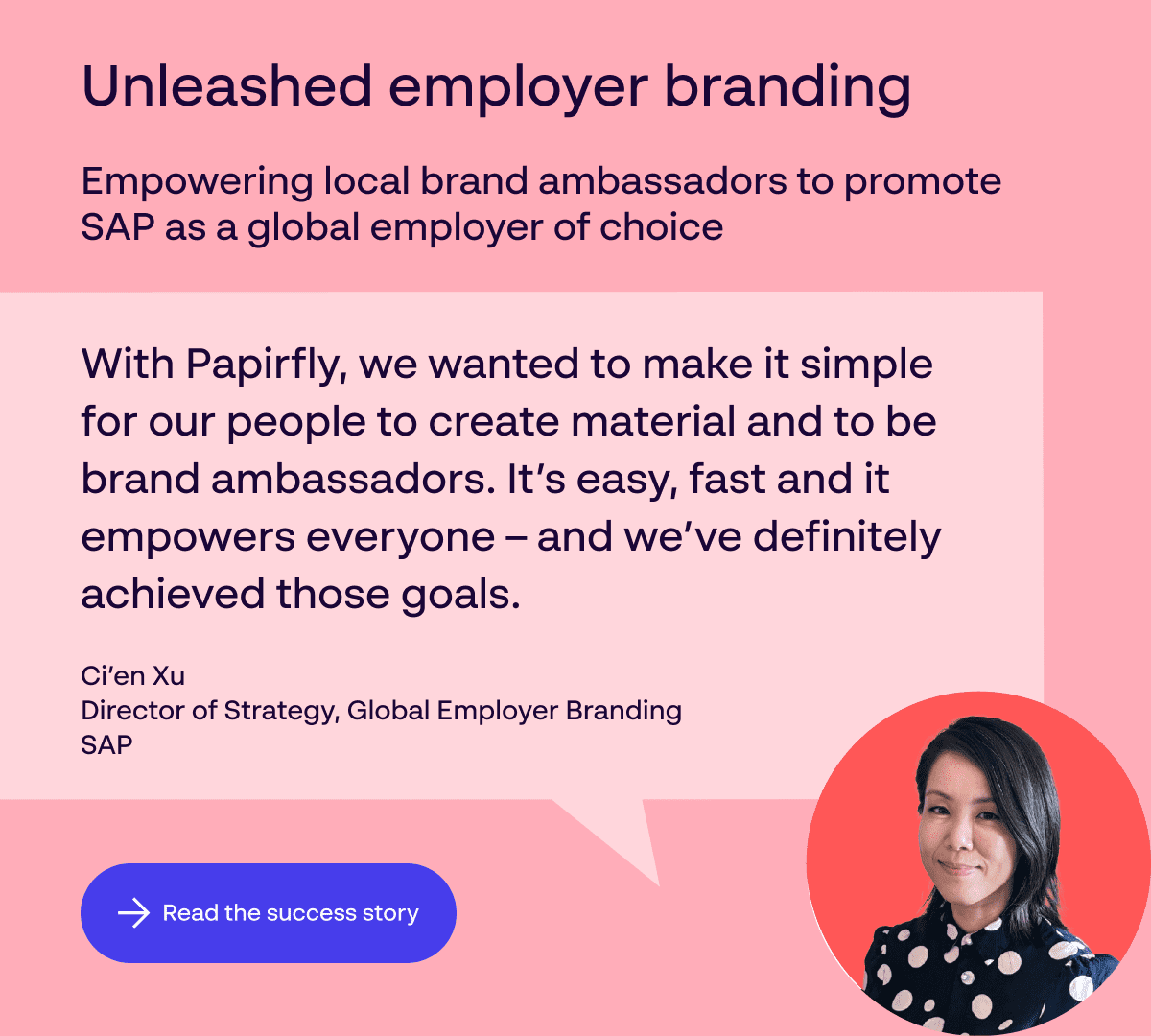Scott Brinker’s annual Marketing Technology (MarTech)report for 2024 is here.
With a phenomenal 14,106 tools available for marketing leaders to ponder over, if you’re not evaluating your current Tech stack and pondering any potential next moves, your competitors will be.
In the net addition of 3,068 tools from the 2023 report, it will come as no surprise that most of those additions are AI tools – with Generative AI exploration and implementation clearly the new normal to be embraced in MarTech over the next few years.
Aside from that obvious trend, composability was also a key trait i.e. tools that integrate with different components or elements – combining or connecting in various ways to create larger, more complex systems. Of course for users, these systems must be as easy to use as possible in order for the technology not to get in the way of the people using it.
The ever-evolving MarTech landscape of the past few years means that for CMOs, brand managers, and employer brand leaders – and the array of people responsible for empowering teams across their enterprise to activate their brand identity – it’s never been more important to ease tech-stack-anxiety for marketing and branding teams in the products and services that SaaS platform leaders provide.
Brand lifecycle management in 2024
Brand lifecycle management – the art of navigating a brand through its introduction, growth, maturity, and potential decline – is expected to see a focus on adaptability and data-driven decision making in 2024. Companies will need to be agile and responsive as teams continuously monitor market trends, consumer preferences and competitive dynamics in order to be able to grow at scale – never losing sight of the core brand identity and the potential availability to build brand equity.
With the report showing the MarTech landscape exploding with innovative products (2024 seeing a 27.8% year-over-year growth in MarTech tools), there are ever-expanding possibilities for brands to leverage technology in managing their life cycles. This will involve practices like integrated risk management and a more coordinated flow of information across departments. By leveraging data and new technologies, brands can aim to extend the maturity stage of their products, while also effectively managing decline and potentially reviving declining products – end-to-end brand management in every way.
End-to-end brand management
In order to make the most out of data capture, creating a dynamic ecosystem for teams within brands to remain agile to their customer’s needs and desired experiences is a clear priority to stay ahead of competitors.
As tools must deliver the all-important consistency every brand needs to resonate with customers – year in, year out – well-integrated and future-proof Digital Asset Management (DAM) sits at the centre of a MarTech ecosystem. By seamlessly connecting with various MarTech tools, a DAM empowers teams to adapt strategies quickly, personalise content across channels, and optimise campaigns – all essential for success in the always-changing, relentlessly innovative global landscape we live in today.
DAM as a MarTech priority
There is no doubt that innovative Digital Asset Management (DAM) is becoming an evermore crucial part of activating a brand. Traditional DAMs are well represented in the report and brand management space, with many vendors focused primarily on evolving customers’ asset repositories’ abilities to hold its brand’s images, videos and wider assets – away from a world with misplaced files in local folders and outdated logos and brand assets, and toward a centralised solution to keep all teams on-brand across their entire enterprise.
Yet when considering the future of your brand, a DAM must protect a brand for years to come. This year, the Papirfly Platform was included in Forrester DAM Wave™, where our ambition goes way beyond these traditional DAMs, including the adoption of AI technologies. You can read our recent article on being named in the Forrester Wave™, or hear from our CEO, Stefan Ropers, and our CPO, Thanh Nguyen, as they describe the future of Digital Asset Management, including AI, at Papirfly:

As the MarTech report shows, one thing is for certain – brands now require the foresight to consider AI as part of ensuring unwavering brand consistency across every touchpoint, to build and sustain customer trust. From meticulously crafted global campaigns to localised activations in diverse markets, products must offer brand and marketing leaders solutions that transcend the limitations of traditional DAM systems – with AI at the forefront of innovation.
Of course, end-to-end brand management should be the goal of any DAM system, and with brand portal technology, accompanied by on-brand templating, there are a wealth of brands who have taken the step to empower teams today, and future-proof team agility. Becoming the hero in a successful brand management journey – in both corporate branding and employer branding – is more possible than ever when the right MarTech choices are made by individuals in forward-thinking enterprises.
Corporate branding and a unified voice for Rabobank
For Rabobank, a leading cooperative bank with a presence in 43 countries, growing the brand at scale to maintain a unified brand identity while empowering local teams was proving a challenge.
Empowering local teams to activate the global brand
By centralising brand guidelines – readily available to all teams, regardless of location – it is ensured that everyone from seasoned marketing veterans to enthusiastic interns, can create content that flawlessly aligns with brand identity.
With a foundation set, Rabobank’s teams were able to streamline asset production, creating over 23,000 assets across one year by unlocking on-brand templating based on brand guidelines – empowering high-quality, asset creation without relying on external agencies and fostering a sense of ownership for global and local markets across the organisation.
Gaining a bird’s-eye view of campaign execution
Agile teams also saw campaign execution improve, with approval processes helping to improve workflows, where needed – saving time and money while empowering local teams to respond swiftly to market trends. This agility ensures brand messaging remains relevant while maintaining consistency through built-in approval processes.

With cost avoidance at 20 times the platform investment – such was the ability to create and activate assets in-house that would not have been affordable if given to an agency – Rabobank witnessed a significant increase in user-generated on-brand assets. This proved to support a cultural shift of brand ownership and empowerment for employees to become brand ambassadors – something not only vital for the corporate identity, but as Rabobank and other customers testify, is vital for activating and sustaining the foundations of a strong employer brand.
Employer branding success at SAP
Traditionally, employer branding efforts are often siloed within HR or marketing departments. Yet building a strategy that empowers employees to become ambassadors across the organisation, helps build the on-brand culture that’s so important for morale, retention, and recruitment efforts.
Empowering local brand ambassadors
Global brands like SAP need to cater to diverse local audiences, while maintaining brand consistency. In SAP’s case, they used their brand management tools to empower over 2,000 employees at SAP to become content creators across various global and localised campaigns – the Papirfly Platform is leveraged by teams in 5 global regions to adapt social media content to reflect regional languages and cultural nuances.
Employer branding tools that increase talent pools
With pre-approved, on-brand assets that are social media-ready, employees can shape the content to share across their own channels – laying the foundation to create curiosity and attract the attention of high-calibre talent, way ahead of any recruitment campaigns that attempt to enchant the talent pool from scratch. All the while saving the equivalent of $100,000 in agency fees if work had been done externally.

Executing talent acquisition campaigns across 5 global regions included empowering nuances to be added for local markets to deliver exceptional candidates . With a significant engagement improvement noticed from the assets created with Papirfly, SAP were on-brand and consistent at every turn.
A future-proof brand management platform
The marketing technology world is a whirlwind of innovation. As Scott Brinker’s MarTech landscape of 2024 report suggests, when it comes to brand management and nurturing the life cycle, staying ahead by empowering teams with tools that provide the agility to be responsive based on data-driven decisions is a priority – all while growing at scale with platforms that offer composability (integrations).
Papirfly fosters brand ownership and empowers employees to become brand ambassadors. This cultural shift strengthens not only your corporate identity but also your employer brand – allowing you focus on the business area that requires the most attention, and scale at the pace that suits you.
We see the future of brand management as empowering everyone to build a brand they can belong to – as customers and employees – using MarTech that’s easy to use and can help teams do more with less.
Hear more from our leadership team at Papirfly below, or read our article about what the future holds for Papirfly customers as we look to lead the way in brand management technology.

